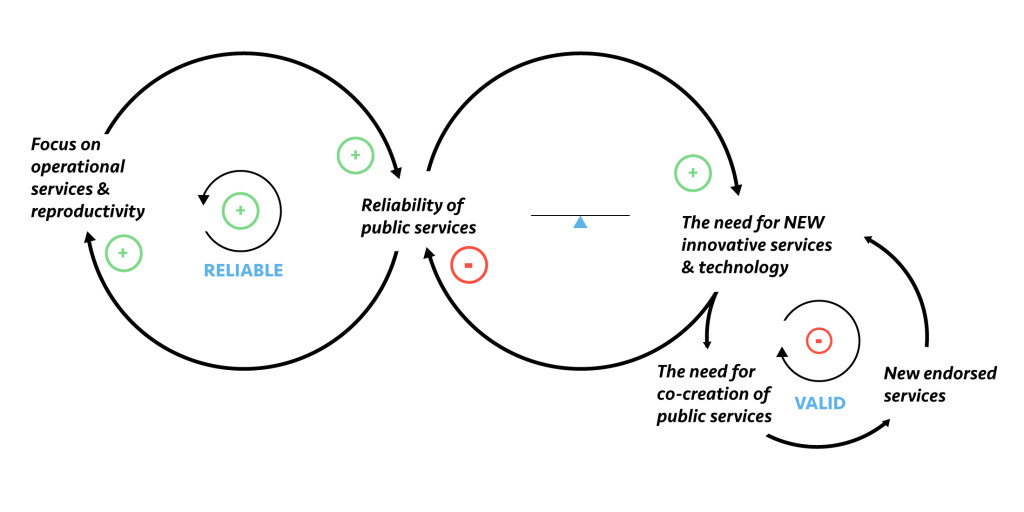Creating Causal loop diagrams
Being extremely overwhelmed with trying to find a place to live this week, I haven’t been able to get any thing else done. It had been a week of doing pointless tasks and achieving very little. So, on Thursday, before our lectures on Friday I had a minor freak out. We had a MPhil reading club meet up and I started to realise I had missed out on a lot of work this week, which I needed to do. I had Hillary, Gloria and Lucienne, force me to get some quiet me-time so that I could get my head cleared and focused. Luckily, my brother had just asked me if everything was alright and if I needed help with anything. I said Yes, I need your help! I started blurting out everything I needed to get done; Casual loop diagrams, business models, research topic, literature review and I need to fit it in with work – how do I do this ?
So we sat down and started to work through the mess in my head and we came up with some really wonderful clarity. God bless siblings!
I told him that I was having trouble figuring out what I was going to research, which in turn was effecting my casual loop or not effecting it, however you want to look at it. First, we had to figure out what my research topic was going to be. I told him that I’d like to focus on how to create the right e-services for the Western Cape Government. I had been approached my Ownpower and Nosakhere to help them with similar systems they were trying to create for government. So, broadly my focus would be on, Human-centered design for the public sphere.
In my job at the Western Cape Government, in the e-citizen department, we’re trying to figure out which e-services are needed in the Western Cape. The Western Cape have just launched a whole bunch of centres across the Western Cape which focus on diminishing the digital divide, these centres are referred to as Cape Access centres. The next step from WCG, is to capture data from all these users and find out what services are needed to support the users. With Ownpower, I have been included in figuring out what how to create the best user-centeric systems with regards to their skills intelligence platform, I have been included in their Learning management ethnographical research as well. Nosakhere as asked if I could work as an ethnographical researcher on the GAP year project for Western cape government.
I couldn’t articulate the connection of these interconnected elements but I knew it existed, so I started drawing them out large pieces of paper – because large pieces of paper help with everything! Mehul showed me this diagram from the Rotman school, describing design thinking. He said that’s what you need to do…
Public services provide reliable services because the cycle works and is run from the top down – there is no room for new innovation to happen. Which means that there is a reinforcing loop which just continues without and new fresh ideas. He used the metaphor of electricity; since there is no room for innovation with electricity, because it is a valid and reliable running system – no one would be able to innovate on it. Therefore, solar powered energy would not have been considered. This way, doesn’t create services which are necessarily plausible or valid, this is mainly because they are not in touch with society. They are not servicing the needs of the many.
So, the issue is, how do we allow for innovation to be apart of the public services sphere. How do we facilitate the emergence of bottom up decisions ? How do we create a co-colloborative approach to the public services ?
To flesh out the causal loop, it would be best to model up the Public services sphere first, he helped me with this one, as I found it quite difficult to figure out:
Then we had to create a business model which showed value of co-creation:
Using integrative thinking and looking at both business models we started to figure out how to get started on the causal loop.
This is a balanced system.





Leave a Reply